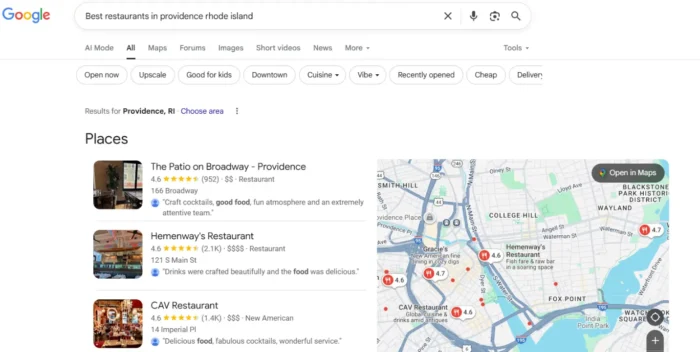Why conversation is the foundation of brand engagement
The smart money is on content strategy that generates dialogue to inform business decisions.

Dialogue is one of the most essential human elements, breaking down cultural, geographical, religious and social barriers. It’s also one of the few things everyone has in common—which is why it’s a true measure of resonance. And people tend to talk about only those things they have a personal investment in—whether the topic raises a positive or negative response.
See all of Ad Age's A-List 2022 winners here.
It’s important for marketers to not get so lost in automation, algorithms or other technology developed to do the thinking for them that they forget success comes down to human connection. Consumers need to experience the basic instinct of trust before engaging beyond the awareness phase of the marketing funnel. What better way to establish connection and trust than conversation—one of the most natural forms of human interaction?
For proof, look no further than marketers’ need to track brand sentiment. A lack of sentiment awareness leaves a brand susceptible to mistakes, from product development to public relations. Brand perception can’t be monitored without consumer conversation, which is why the smart money is on content strategy that generates engagement capable of informing business decisions.
Content engagement can’t be discussed without acknowledging that content exists across a variety of formats and depends largely on user generation. On top of that, culture as we know it does not exist without societal dialogue. Regardless of the person, product or moment, true significance starts and ends with the volume of conversation being generated.
New platforms and formats
Metaverse this. Opensea that. Don’t forget about the blockchain and whatever else exists as a new format for interaction and transaction. We’ve yet to see the full scope of what will prove to be a revolutionized content landscape. What we do know: Regardless of format, it’s imperative to remember that content is a utility that drives the relevancy of a platform. As brands begin looking for ways to engage audiences on owned and third-party Web3 platforms, they must consider that user ownership is at the heart of Web3.
Shall Ulla, a former president of Treedom tech solutions, has a keen understanding of the role conversation plays in a symbiotic relationship between user experience and content in the interest of intellectual property.
“Dialogue is a kind of engagement that, in terms of data, truly ‘belongs’ to the user,” said Ulla. “As it relates to dialogue-based engagement, Web 3 protocols can address and protect the role of ownership and monetization for users in the value chain, not just platforms and their shareholders.”
User generation
What good are our favorite social platforms without user content creation? How many hit records have relied on virality driven by fan-made Tik-Tok content? Quite literally, user-generated memes and GIFs grew from an organic social media fad to companies such as Giphy, reported to be valued at more than $400 million.
Maya Watson, Clubhouse head of global marketing, understands the value of user-generated content, particularly in the form of conversation as a utility for deep brand-to-consumer connection.
“While there are rooms that reach hundreds to thousands of people, Clubhouse is a platform that is focused on community engagement and quality of engagement, not just quantity,” said Watson. “We've seen brands from BMW and Ted Baker, Kiehl's to Netflix, Valentino to Marriott embrace Clubhouse’s focused audiences through sponsoring creators and clubs, specifically ones that can speak to the conversations they want to touch on.”
Societal dialogue
If no one is talking about it, did it really happen? When it comes to marketing and advertising, the answer is no. In today’s sociopolitical climate, brands live and die by the type of discourse they create. Gone are the days when brands could speak down to their audiences from mountaintops. Brands and publishers alike should know by now that they are just one of many options. In order to win and maintain customer loyalty, they must be of service to the cultural priorities of the audience from which they desire personal investment.
Darian Harven, a journalist at the intersection of pop culture and politics, says brands and publishers should know that social discourse is not about them—ever.
“I am never thinking about them (brands/publishers) as my primary focus when creating social discourse,” said Harven. “Brands and publishers should serve as the conduits and platforms at which social discourse takes place, but they should never be the center of the conversation. The voices of their community, and the people they allegedly say they serve, should be. That is where their value lies. Brands and publishers should use their tools and money to curate those voices within their product; whether that be a website, mobile app, experiential event or digital content experience.”
In a marketing and advertising industry fueled by tech innovation, constant change is inevitable. Knowing this, smart marketers must keep an eye on the elements of strategy that remain evergreen. In a digitally charged and content-driven brand-to-consumer ecosystem, a keen focus on user experience formats, user-generation and societal dialogue is essential. They’re all separate but equal components of driving conversation—a true foundation of brand engagement.

 Tekef
Tekef 
































